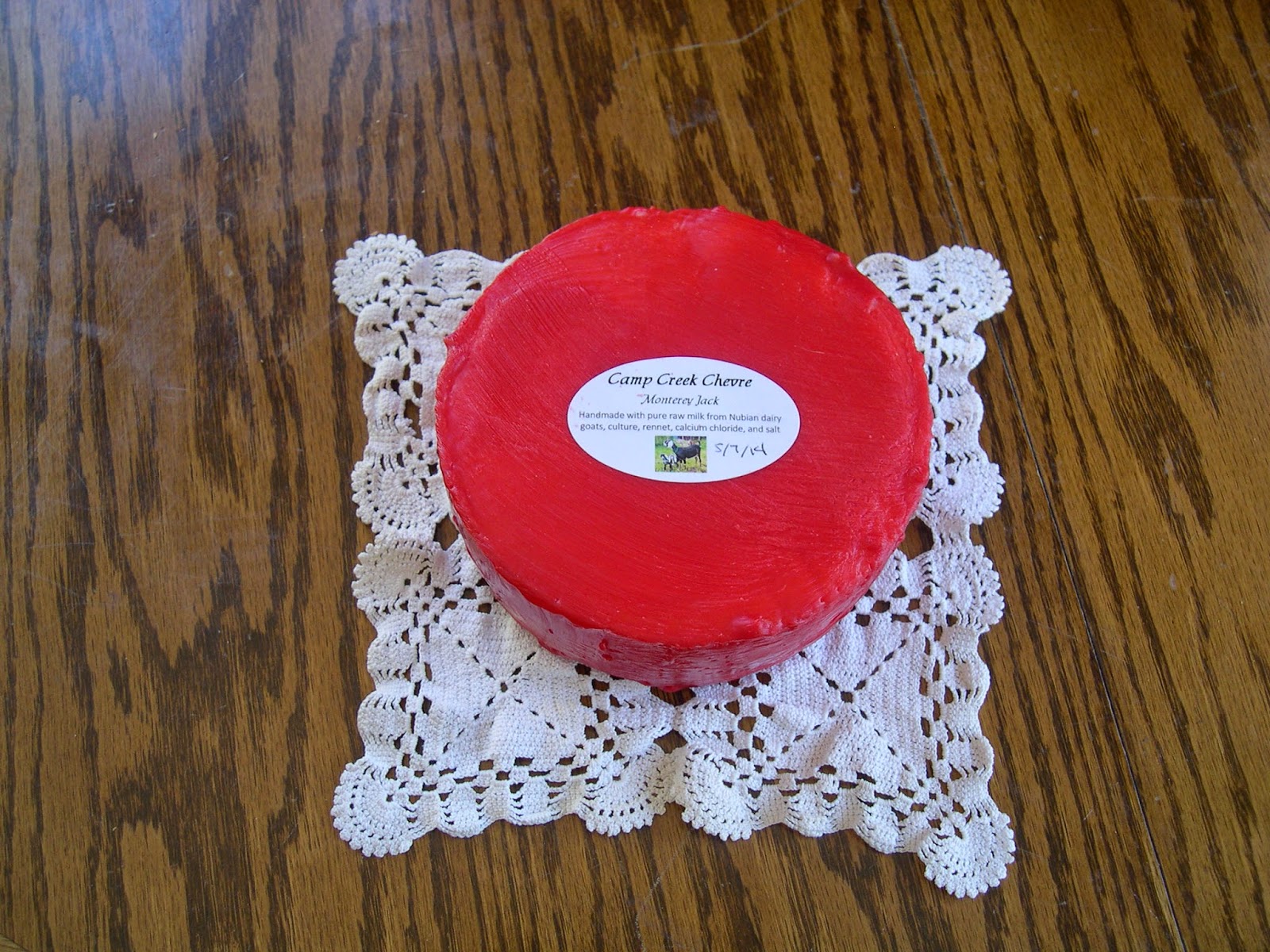If you recall my last blog post, I had once again acquired a
small herd of dairy goats. I believe sheep flock and goats herd (they don’t
really—either of them, but that’s another story), just as there is a gaggle of
geese and a murder of crows. Isn’t the English language wonderful?
Goats are like potato chips, as are sheep: You can’t have
just one. They are social creatures, so they need company, and believe me, YOU
don’t want to be stuck being herd queen. If you are, the other goat(s) will
follow you literally everywhere, bleating along the way. You’ll find yourself
hiding in the house, since that’s usually the only sacred place they can’t
go—unless one gets sick and you end up having to nurse it around the clock.

Obviously I like goats, or I wouldn’t have gotten them
again, but they can be really annoying sometimes. Most breeds of goats are
fairly quiet, but Nubians—my favorites, are not. Most goats make a noise like a
demure little eh-eh-eh, or perhaps a short Ba-a-a! to be more emphatic. Nubians
typically make a BA-AH-AH!!!
sound, as loud as they possibly can, over and over. I call it goat screaming.
You get the picture. I’m only grateful that of the eleven I have, only three
are bleaters, and then only part of the time. I thought Romy was going to drive
me out of my mind the day I decided to dry her off. We heard goat screaming all
day long, until I was at the end of my rope and absolutely did NOT care
anymore. I imagine my neighbors across the canyon wondered what on earth I was
doing to her! Fortunately, it only lasted all that day and part of the next.
Blueberry (my favorite milker) will bleat unceasingly when it’s time to be
milked, or if she wants me to do something, such as let her out of the pen. If
she manages to let herself out in the morning, she will come and bleat
underneath my bedroom window to be sure I know she wants me. NOW. The other one
is Kingfisher, our Nubian buck, who carries on as though he’s going to die,
whenever the girls go where he is unable to see them.
You also cannot keep them out of anywhere, unless it’s
surrounded by a solid board wall or a 10-foot woven wire deer fence. And trust
me when I say that they absolutely will eat anything and everything within
reach, especially if it’s something you don’t want them to, such as your prize
roses. I had to barricade the entrances onto the deck, because they were up
there ALL the time, looking in my windows, getting into stuff, and (need I
mention it?) leaving a little trail of goat pellets behind. I tried terrorizing
them (running at them while yelling and waving my arms around), but that made
no impression at all. Finally I nailed up some boards, because they just
bulldozed their way past everything that was movable.
“The girls” (AKA the milking does) have finally gotten to be
reasonably civilized about the milking routine. There is a small room in one of
our outbuildings that I use as my milking parlor, with an adjoining room that makes
a handy feed room, and the building itself is right next to the goat yard.
Unfortunately, I have to “run the goatlet” to get into the milking room, and I
usually have an armload of milking equipment with me. The four does I milk will
be waiting for me, each one jostling the others trying to be first in the door.
It’s fun. They DO know who’s supposed to be first, though, so Cherry generally
makes it in the door by herself, while I set down my milk things and cram the
rest of them back out the door. I’m usually yelling, “Get out!” too, as I do
this, which makes for a ladylike picture. Sometimes a second doe will get past
me and I’ll have to throw her out. The worst one is Lady, who is NO lady—my
nickname for her is The Moose. She barges right in, and once started, it’s like
trying to stop a freight train. The other doe that was supposed to come in will
have beat her onto the milking stand, so she’ll look at me as if to say, “What
happened?” Egad.
It’s not all fun and games though. Once the milking is
completed, then I have to tend to the milk itself. I finally got smart and
started putting everything through the dishwasher, rather than washing it by
hand. Hand washing dishes is probably my least favorite chore anyway, but what
made me stop hand washing was that the faucet on the sink completely failed and
started spewing water all over. There was one heck of a leak under the sink,
too, so Sam ended up having to replace the whole thing. That only took a couple
of weeks, since we had to order the sink. Guess how many times you use your
kitchen sink in a day?
We do drink the milk, but mostly I’ve gotten to learn how to
make cheese, since there’s so much of it. I want to learn to make butter also,
but that hasn’t happened yet. I had to order a cream separator from the
Ukraine, since it appears nobody in the U.S. makes the small ones anymore. That
was right before the current crisis there, so I wondered if I would get it, but
it arrived even earlier than expected. I don’t have a butter churn yet. My plan
was to use my Kitchenaid mixer, but I don’t know how well that will work.
Basically, you just keep beating cream to get butter, but it might be difficult
to remove the buttermilk using the mixer. I will have to give it a try.
You may be wondering why we bought so many goats anyway.
Well, we have all these weeds and brush that need basically to be eaten by
somebody. Goats do a far more efficient job than burning or poisoning the
stuff, though you have to be careful. Some of what’s out there is toxic, so you
have to remove that yourself. Sam had to pull up and burn a ton of spurge, since
the horses couldn’t eat it either. Goats can convert a great deal of otherwise
noxious plant material into something useful, such as milk and cheese. And I’m
glad! It’s far better to have a nice blob of fresh Chevre and some crackers to
snack on than all those teasels or Scotch thistle. And the goats love what they
do!


